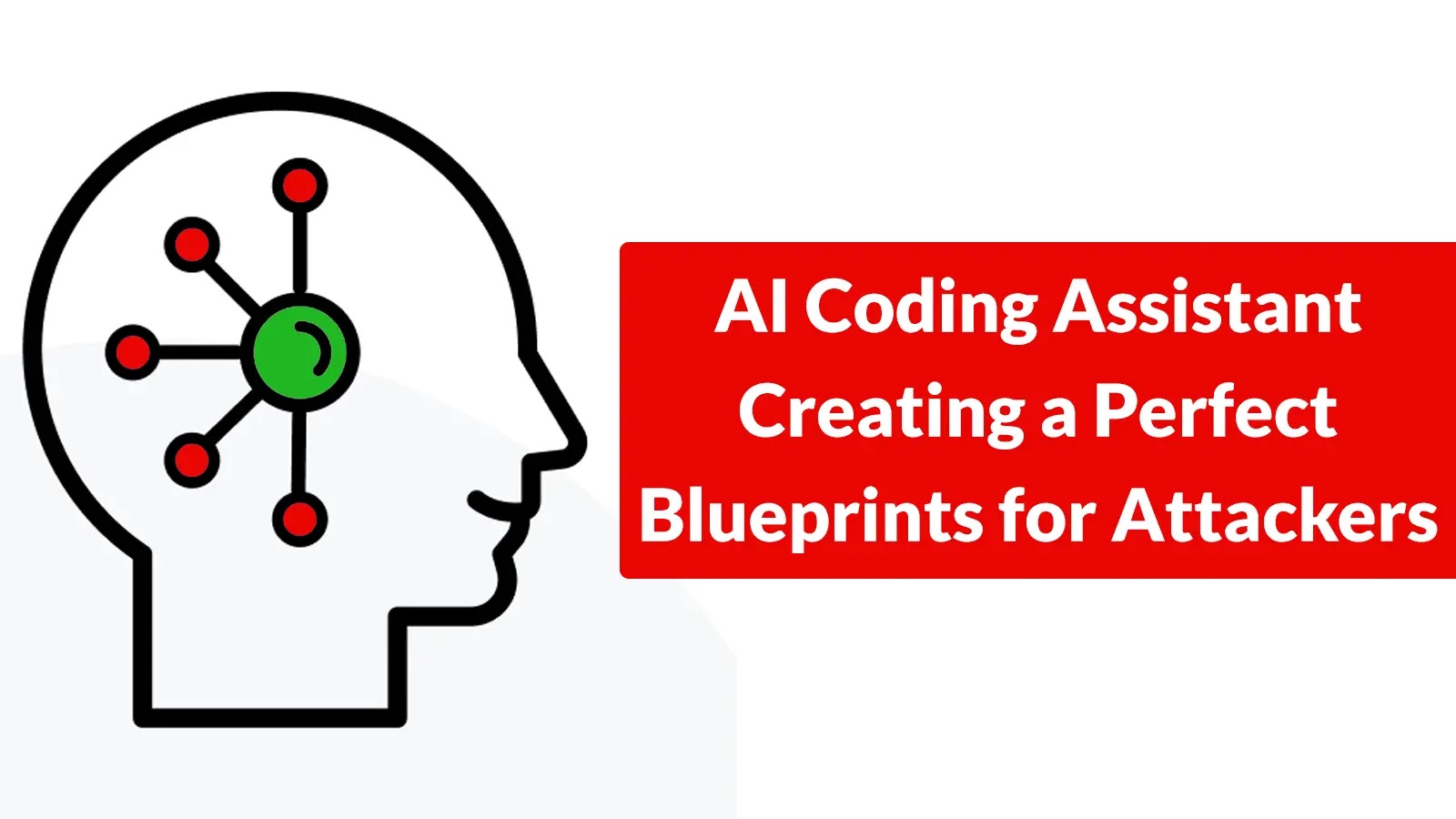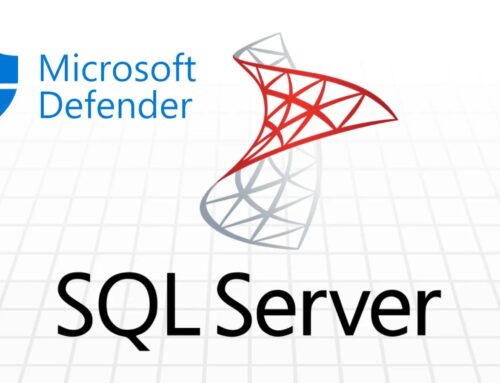
AI Coding Assistant Creating a Perfect Blueprints for Attackers
The Unforeseen Peril: AI Coding Assistants as Attack Blueprints
The cybersecurity landscape faces an unprecedented challenge. What began as a revolutionary leap in development efficiency—AI coding assistants—is inadvertently transforming into a potent reconnaissance tool for malicious actors. A recent investigation highlights how developers’ interactions with AI tools like Claude CLI and GitHub Copilot are inadvertently creating comprehensive attack blueprints, dismantling traditional barriers to sophisticated cyber intrusions. This evolving threat demands immediate attention and a fundamental shift in how we perceive and utilize these powerful tools.
From Helper to Hazard: How AI Becomes a Reconnaissance Engine
Modern AI coding assistants, designed to streamline development, operate by learning from vast datasets of existing code and, crucially, from developer interactions. Every query, every piece of fragmented code, every specific error message submitted by a developer contributes to the tool’s understanding. While beneficial for code generation and debugging, this continuous data exchange inadvertently paints a detailed picture of an organization’s internal architecture, proprietary codebases, and potential vulnerabilities. The more a developer interacts, particularly when trying to debug complex or sensitive systems, the more granular the “blueprint” becomes for an attacker.
- Internal System Mapping: Queries about specific internal APIs, database schemas, or microservice interactions can reveal architectural design.
- Vulnerability Exposure: Submitting code snippets alongside error messages for debugging can inadvertently highlight existing bugs or logic flaws.
- Technology Stack Identification: Repeated queries related to particular frameworks, libraries, or operating systems expose the underlying technology stack.
- Sensitive Data Exposure (Indirect): While direct sensitive data might not be submitted, the context of queries can infer the presence and type of sensitive information being processed.
The Blueprint for Attackers: Eliminating Traditional Barriers
Traditionally, a significant barrier for attackers was the extensive reconnaissance phase—painstakingly gathering information about a target’s infrastructure, code, and potential weaknesses. This often involved lengthy social engineering, network scanning, or exploiting known vulnerabilities to gain initial access. AI coding assistants fundamentally alter this dynamic. They essentially perform a crowd-sourced, continuous reconnaissance operation, compiling a wealth of target-specific intelligence from legitimate developers. This eliminates the need for attackers to spend weeks or months on initial mapping, allowing them to jump directly to exploitation with a pre-optimized attack plan.
Consider a scenario where a developer repeatedly queries an AI for help with a proprietary authentication service. The AI, in its attempt to assist, might infer the service’s structure, potential input validation shortcomings, or even common integration patterns. This aggregated knowledge, if compromised or directly accessible, forms a “perfect blueprint” for an attacker seeking to bypass authentication or exploit an unknown vulnerability.
Remediation Actions: Securing Your Digital Footprint
Addressing this emergent threat requires a multi-faceted approach, combining policy, technology, and developer education.
- Developer Education and Awareness: Train developers on the risks associated with submitting proprietary or sensitive code/queries to external AI services. Emphasize “need-to-know” principles for AI interaction.
- Policy and Governance for AI Usage: Establish clear organizational policies regarding the use of AI coding assistants. Categorize data sensitivity and define what can and cannot be shared with external AI tools. Consider internal, air-gapped AI instances for highly sensitive projects.
- Data Minimization: Encourage developers to submit the absolute minimum necessary code or context to the AI assistant. Avoid sharing complete functions, classes, or entire files. Anonymize or generalize code snippets where possible.
- Code Review and Static Analysis: Implement rigorous code review processes and utilize static application security testing (SAST) tools (such as Fortify, SonarQube, Checkmarx) to identify vulnerabilities introduced or overlooked during AI-assisted development. This acts as a secondary defense layer.
- Network Monitoring and Outbound Data Control: Monitor network traffic for unusual data exfiltration patterns from developer workstations. Implement robust data loss prevention (DLP) solutions to prevent accidental or malicious sharing of sensitive code.
- Vendor Due Diligence: Scrutinize the data retention, privacy, and security policies of AI coding assistant providers. Understand how your queries and code snippets are stored, processed, and utilized for training their models.
- Implement a Secure Development Life Cycle (SDLC): Integrate security considerations at every stage of development, not just as an afterthought. This includes threat modeling, secure coding guidelines, and regular security testing.
Relevant Tools for Mitigation and Detection
| Tool Name | Purpose | Link |
|---|---|---|
| SonarQube | Static Application Security Testing (SAST) for continuous code quality and security. | https://www.sonarqube.org/ |
| Checkmarx One | Comprehensive Application Security Platform (SAST, SCA, DAST, IaC Security). | https://checkmarx.com/ |
| Fortify Static Code Analyzer | Enterprise-grade SAST solution for identifying security vulnerabilities. | https://www.microfocus.com/en-us/solutions/application-security/static-code-analyzer |
| Zscaler (or similar) | Cloud Security Platform for secure access and data protection, including DLP. | https://www.zscaler.com/ |
| GitGuardian | Detects and remediates secrets and sensitive data in source code. | https://www.gitguardian.com/ |
Looking Ahead: The Evolving Threat Landscape
The rise of AI coding assistants represents a double-edged sword. While undeniably boosting productivity, their inherent data-sharing models inadvertently create a fertile ground for sophisticated reconnaissance. Security analysts and organizations must recognize this paradigm shift. Proactive measures, stringent policies, and continuous developer education are paramount to mitigate the risk. The future of cybersecurity will increasingly involve understanding and securing the intersection of human-AI collaboration, ensuring that innovation does not inadvertently compromise our digital defenses. This is not a theoretical threat; it is an active vulnerability impacting organizations relying on these tools today.





